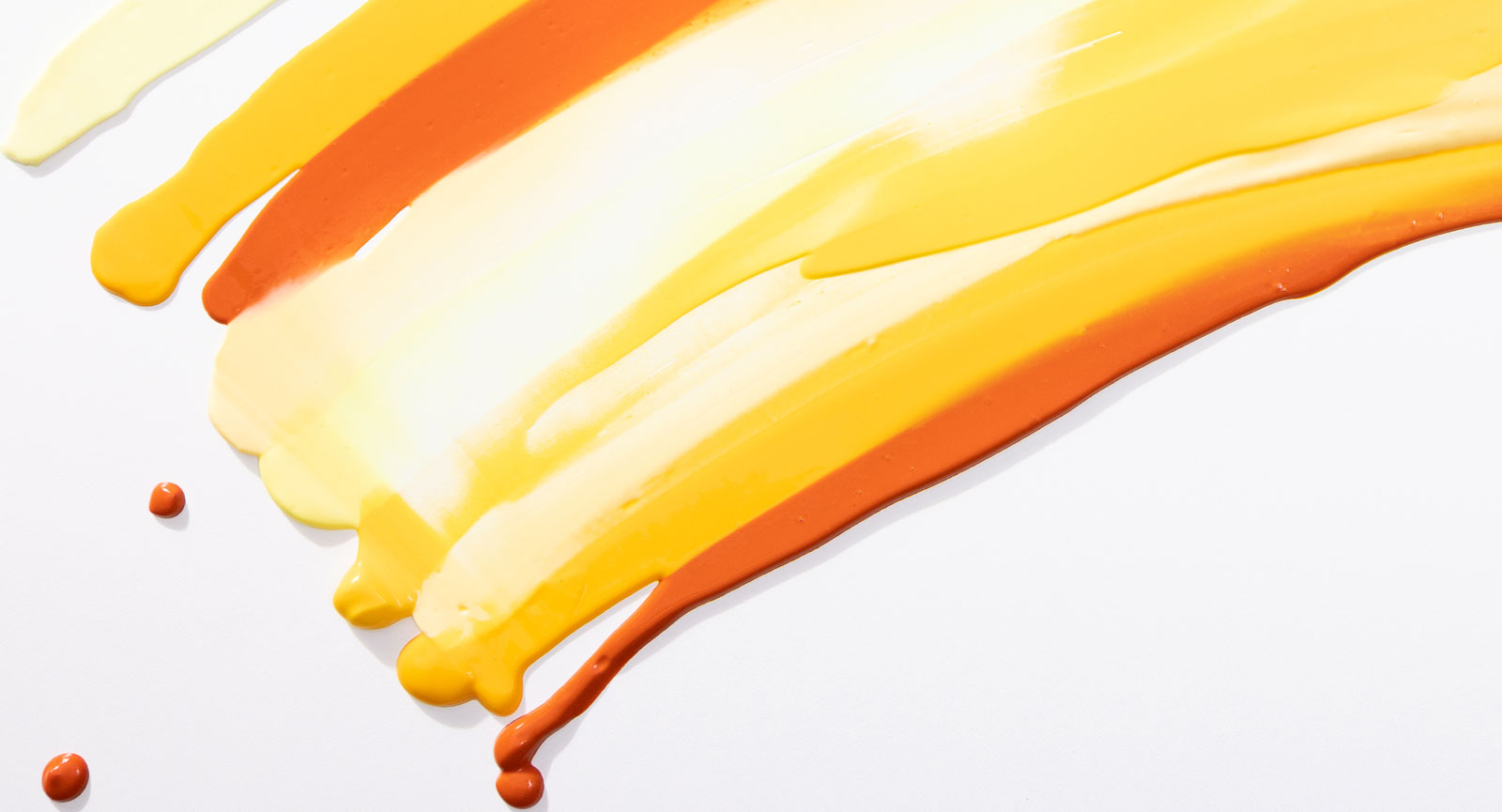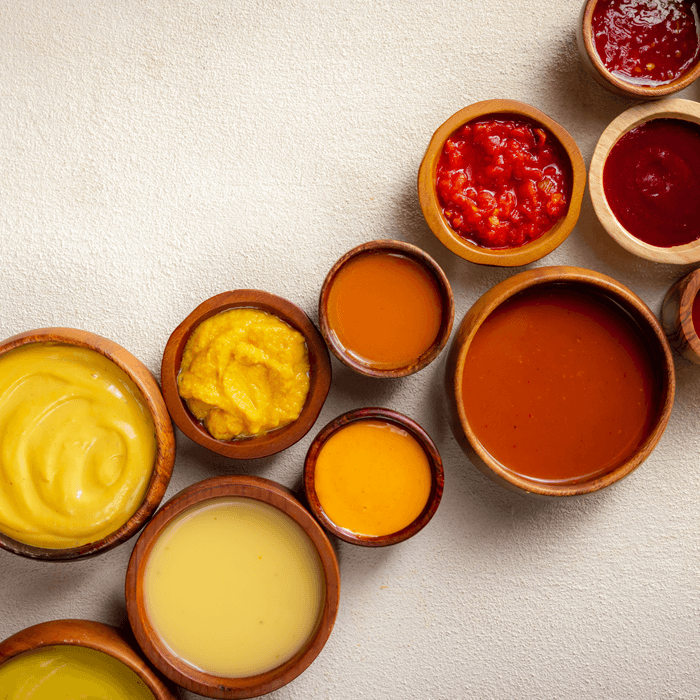
Are you familiar with the natural sources used to make yellow color extracts? Jay Howard, Application Manager on our Color Innovation team, discusses natural sources for yellow color extracts and the benefits of these hues in a food or beverage.
Why use a yellow color extract?
How a product looks impacts the consumer’s purchase and even influences how food and beverages are perceived through taste. The color yellow is typically associated with joy, luxury, warmth, and sunshine.
Popular applications that are expected to be yellow are ones that traditionally use eggs or butter. Sometimes these ingredients have been reduced or replaced to make a product vegan, such as in margarine, batters, cakes, or ice cream. The yellow hue provides a message of quality, luxury, and indulgence to the consumer. Similarly, in curry and chicken soups, cheese sauces, pickles and many others, the naturally sourced color allows a match between visual appearance and taste.
Where do natural color extracts come from?
Natural colors, derived from fruits, vegetables and other natural sources, are increasingly sought-after by consumers who desire simpler, cleaner ingredient labels. They want to recognize and understand the ingredients in the food and  beverages they consume. Naturally sourced colors help alleviate consumer concerns regarding synthetic food colors by clearly identifying where the ingredient comes from and placing trust in a long tradition of foods being used as colors.
beverages they consume. Naturally sourced colors help alleviate consumer concerns regarding synthetic food colors by clearly identifying where the ingredient comes from and placing trust in a long tradition of foods being used as colors.
Natural sources for yellow to orange color extracts include safflower, turmeric, carrot, yellow paprika, and annatto. These sources may be subject to geographical restrictions and are also dependent on agricultural factors. Each source can be used alone or in partnership with one another to provide a range of different hues: from zingy citrus with a slight green note using safflower and turmeric, to deep golden egg yellow using carrot and paprika.
Factors to Consider
A key factor to consider when using a color extract is solubility. Ingredients with coloring properties are naturally oil or water soluble. However, the pigments’ solubility can be adjusted through expert formulation to increase usability and create more stable, longer lasting colors. For example, water soluble turmeric emulsions for pickle applications enable the pickles to absorb the turmeric, whilst the carrot in the brine protects them from light in clear jars.
When formulating, one should always consider a range of factors: solubility, hue, transparency, packaging, food matrix interactions, ingredient declaration, and shelf life conditions (heat, light, oxygen). Heat is one factor that does not need taken into consideration, as all yellow extracts are stable throughout heating processes.
Kalsec Natural Colors
Did you know that Kalsec has a full line of naturally sourced color extracts for a variety of food and beverage applications – from vibrant reds, oranges and yellows to cool blues and greens – that provide a bold, clean label replacement to synthetic colors. Explore Vegetone® Natural Colors that provide you with consistent and reliable performance.
Kalsec offers Naturebrite® Colouring Foodstuffs, a range of minimally processed products which can be declared as food on your label. From red to orange to brown, we offer standard and custom-made hues to meet your specific color requirements.
Learn more about Kalsec’s yellow naturally sourced color extracts.
Yellow is hot!
Find attention-capturing color inspiration with our Yellow Hue Guide
Download Your Copy